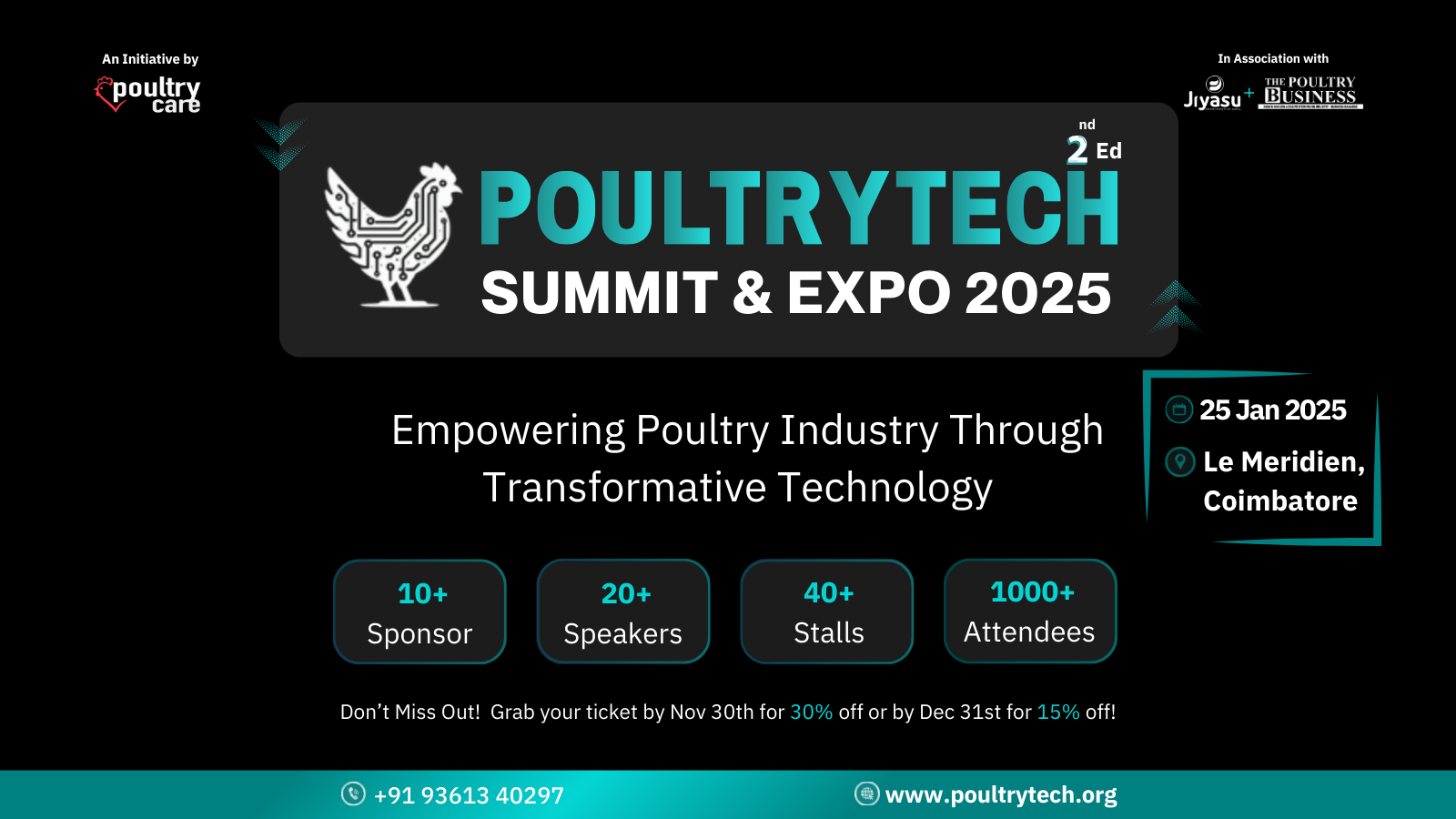A Farmer’s Cry Hidden Behind a Smile
One experienced poultry grower, known in his region for managing many active sheds, once said with quiet frustration,
“I feed the birds like always, but I have no clue where the money goes.”
This is not a rare voice.
Many farmers across regions feel the same invisible pressure — feeding birds daily, working with discipline, and still losing out on their margins.
Feed silently consumes most of the budget, but no one is really watching it the way they should.
Feed Takes the Biggest Bite of Your Budget
Ask any farm owner where the money goes, and they will tell you it’s the feed.
Not the medicines.
Not the fuel or labor.
It’s the feed.
And still, it is also the part least planned, least tracked, and most often left to assumptions.
Missed deliveries, mismatched stock, feeding the wrong type at the wrong age, or overfeeding — all of it leads to birds underperforming.
When the Feed Is Late, the Birds Pay the Price
One evening, during a visit to a shed, a young supervisor quietly shared,
“Feed came too late yesterday. The birds waited hungry.”
That one small delay cost the farm.
The birds lost their appetite window.
Weight gains slowed.
Targets missed.
Profits slipped.
No one was at fault. But everyone felt the impact.
Every Growth Stage Needs the Right Feed
Birds are like athletes in training. Each phase of growth demands the right balance of protein and energy.
When you mix up feed phases, give pre-starter too long, or delay the switch to grower feed, birds struggle. They might eat the feed, but they don’t grow the way they should. Performance suffers without anyone noticing until the lifting day comes.
What the Farm Team Thinks but Rarely Tells
The vet hopes to be informed before sickness, not after.
The supervisor logs feed data daily, but no one checks it.
The truck driver gets blamed for delays, but never gets a proper plan.
The farm owner wonders, “Where exactly am I losing per bird?”
Every person is doing their job.
But without visibility, even the best efforts fall short.
Guesswork Is the Real Enemy
Without a proper system, feed planning becomes a mix of phone calls, memory, and paperwork.
A late truck might go unnoticed until damage is already done.
Overfeeding might look like care, but it eats profits.
Shed-wise tracking might sound complex, but without it, you are blind.
The difference between those who succeed and those who just survive is this — they know exactly what they feed, when, where, and why.
The Real Farmer's Need
Farmers do not fear hard work.
What they fear is losing money without knowing where or how.
When you understand your feed operations deeply — from purchase to planning to delivery to consumption — you reclaim control.
Conclusion
Your poultry farm is not just a collection of sheds.
It is a business built on margins that depend on feed.
If most of your cost goes into feed, then feed should be the most visible, the most tracked, and the most respected part of your daily routine.
You do not need new expenses.
You need better planning.
Start with what you already have and ask yourself — do I know where my feed goes?
That simple question can change everything.



